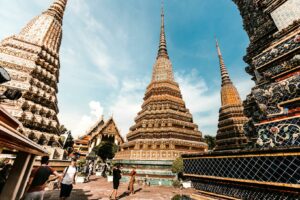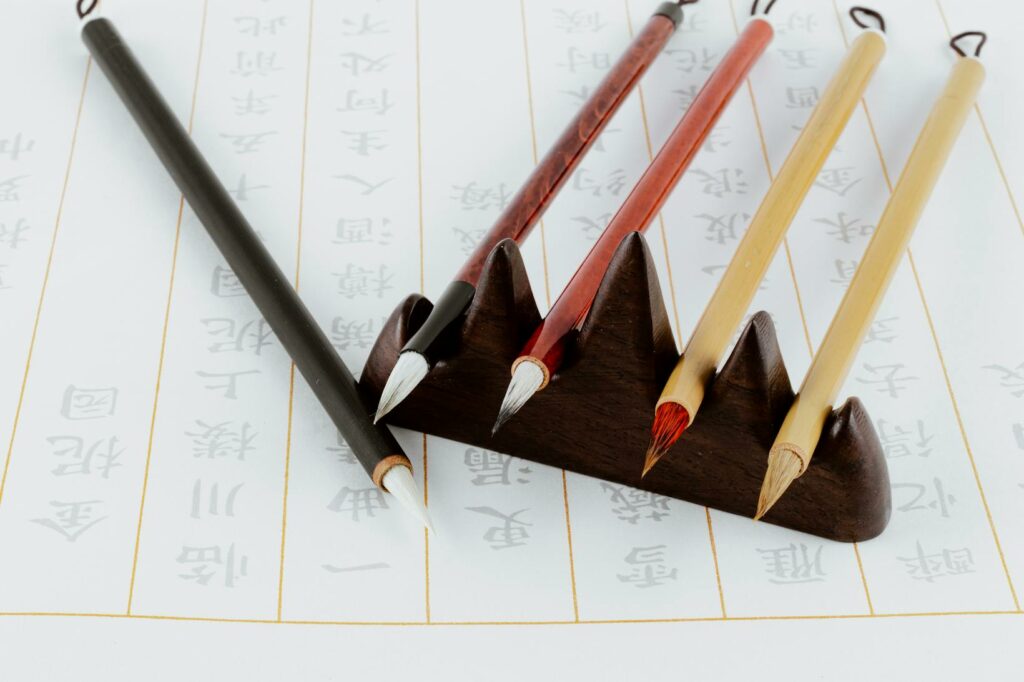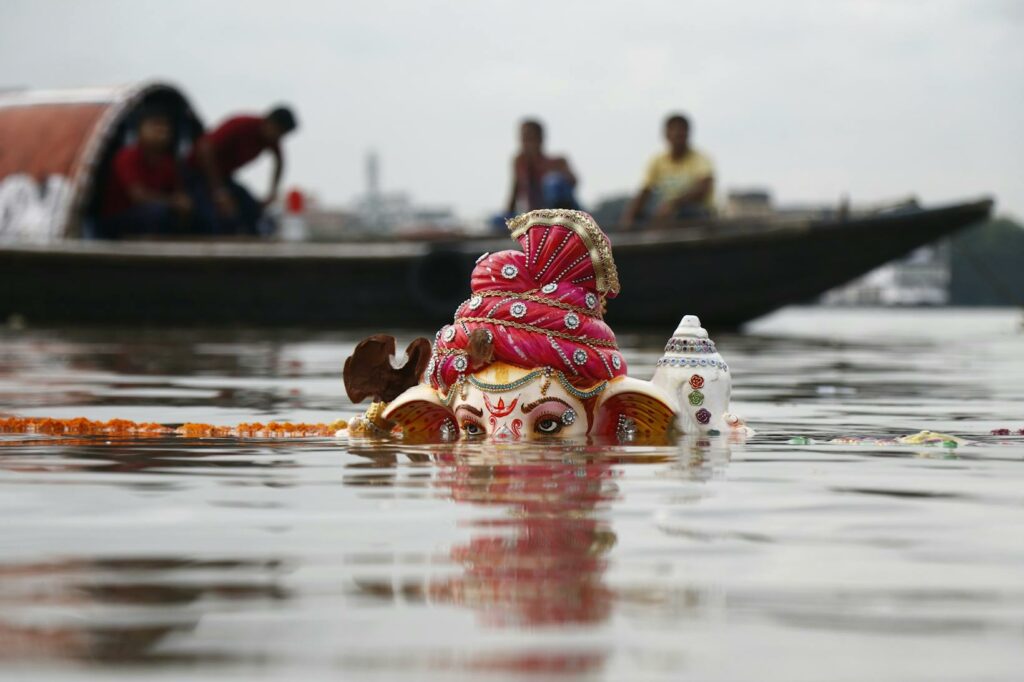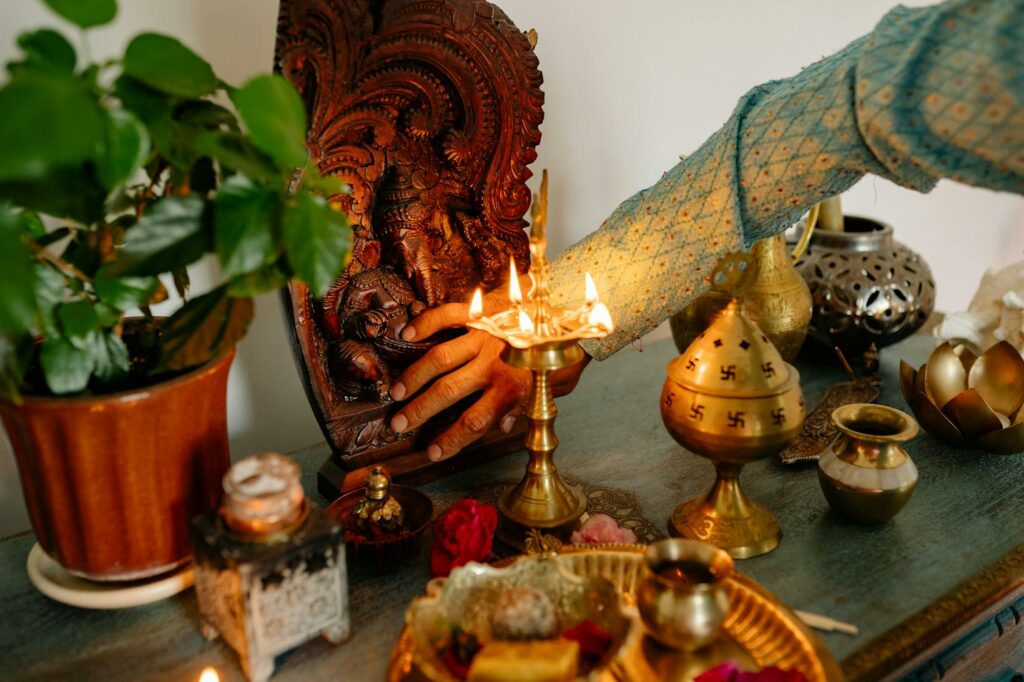Contemporary Asian art, a vibrant and diverse field, is rapidly gaining global recognition and appreciation. It’s a realm where tradition meets innovation, and where artists express their unique cultural identities while simultaneously challenging societal norms.
Contemporary Asian Art
This critical dissection delves into Contemporary Asian Art, an art form that signifies a fusion of traditional ethos and modern creativity derived from Asia in the recent past.
 Evolution of the Concept
Evolution of the Concept
Contemporary Asian Art has undergone considerable transformation since the mid-20th century. Emerging from a time when Asia was in a period of substantial political, social and economic change, this art form began charting its unique path. It has since evolved, absorbing influences of postcolonialism, globalization, and new media technologies. Contemporary Asian Art unfolds a narrative of migration, displacement, and hybrid identities, alongside reflection on traditional values and societal structures. For instance, artists like Ai Weiwei and Yayoi Kusama broke conventional boundaries, exploring complex themes such as power, identity, and the human condition in their works.
Artistic Characteristics
The artistic characteristics of Contemporary Asian Art exhibit a rich diversity, a testament to the region’s complex cultural fabric. These artworks often witness a notable intersection of tradition and modernity, steeped in universal themes while employing innovative techniques. There’s an inclination towards segmented narratives, use of local materials and symbolism, critique of societal norms, and representation of socio-political realities. For instance, South Korean artist Nam June Paik’s video installation ‘The More The Better’ showcased a grand amalgamation of traditional Korean folklore with modern TV culture, reflecting the specific local-global discourse of contemporary Asian Art.
Prominent Themes in Contemporary Asian Art
Diversity and dynamism shine through in the prominent themes of contemporary Asian art, depicting the evolution of socio-cultural discourse. Essential identifiers such as the exploration of identity and commentary on social issues take precedence, revealing the depth of thought encapsulated in artistic expression.
Exploration of Identity
Artists navigate their internal labyrinth to critique societal constructs, fostering a profound exploration of identity. Takashi Murakami’s creations, for instance, challenge the narrative of Japanese identity, drawing inspiration from the nation’s pop culture phenomena and history. His work amalgamates elements of otaku subculture, a derogatory term in Japan denoting die-hard fans of anime and manga, with traditional Japanese aesthetic principles. The resulting creations craft a unique narrative of hybrid identity, challenging the distinction between high art and low culture.
Commentary on Social Issues 
Contemporary Asian artists are not just creators but also storytellers, unearthing stories of resistance and resilience. They frequently critique and provoke societal norms and policies in their work, fashioning a strong commentary on social issues. For instance, renowned Filipino artist Carlos Celdran used performance art to voice protest against the Catholic church’s stance on family planning. His controversial work, deemed overly critical by some, painted a stark image of the polarizing societal constructs within the Philippines, highlighting the artist’s role as a societal commentator.
These illustrations extend the commitment of contemporary Asian Art towards tackling prevalent themes of identity and societal issues, conjuring a richly layered, deeply affecting artistic narrative.
A Vibrant Form of Art
Contemporary Asian Art’s dynamic nature is a testament to the fusion of tradition and modern creativity. It’s a vibrant scene, with artists like Ai Weiwei, Yayoi Kusama, and Nam June Paik leading the way. The impact of technology has undeniably revolutionized this art form, making it more accessible than ever. The market’s growth is closely tied to Asia’s economic rise, with events like Art Basel Hong Kong playing a pivotal role. Collecting these artworks is more than an investment; it’s a journey into cultural and historical contexts. The art world is constantly evolving, and Contemporary Asian Art is no exception. With the rise of digital and interactive art, new engagement opportunities are emerging for collectors. This evolution is supported by initiatives such as art fairs and institutional loans, ensuring that this art form remains vibrant and relevant.



